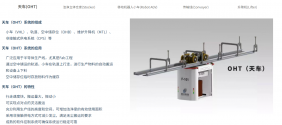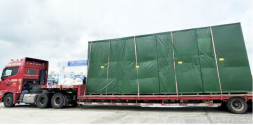I don't really see the point of having DUVi machine getting to overlay precision of 2050i. What's the point? You already have enough 2050i. Just have a solid DUVi lithography machine that can cover 40 to 14nm and be used in the DUVi steps of your future 5nm production.
Well, the wafer stage is always the UPrecision's one in all cases. Differently from ASML, SMEE/UPrecision decided to standardize on a single type of stage (cost is not as important, as urgency and also not spreading precious and limited R&D resources, especially at U-Precision).
Moreover ASML will cover 28nm and above also in the future, now it seems "some big fab" will be cut out after the latest round of US bans, but according to ASML CEO this will affect only 15% of ASML's Chinese sales
Moreover Huawei is deeply involved now in SMEE (and for sure they have a say in the roadmap)...and they don't care about mature nodes, they care about 7nm and even lower nodes. For many of their application, from AI to smartphones to data centers to ADAS system for autonomous drive, even 14/16nm maybe not enough.
Moreover the manufacturing capacity at SMEE required for 7/16nm machines is much lower than for 28nm and mature nodes, where Chinese market is able to absorb almost one hundred of machines every year. SMEE cannot cover that for many years to come. Instead the market for advanced litho machines in China is way smaller and SMEE can cover that in pure monopolistic position. This may be easier from the manufacturing capability point of view.


